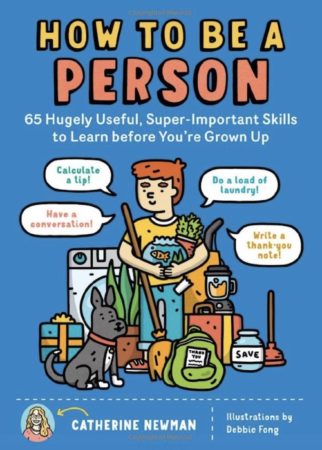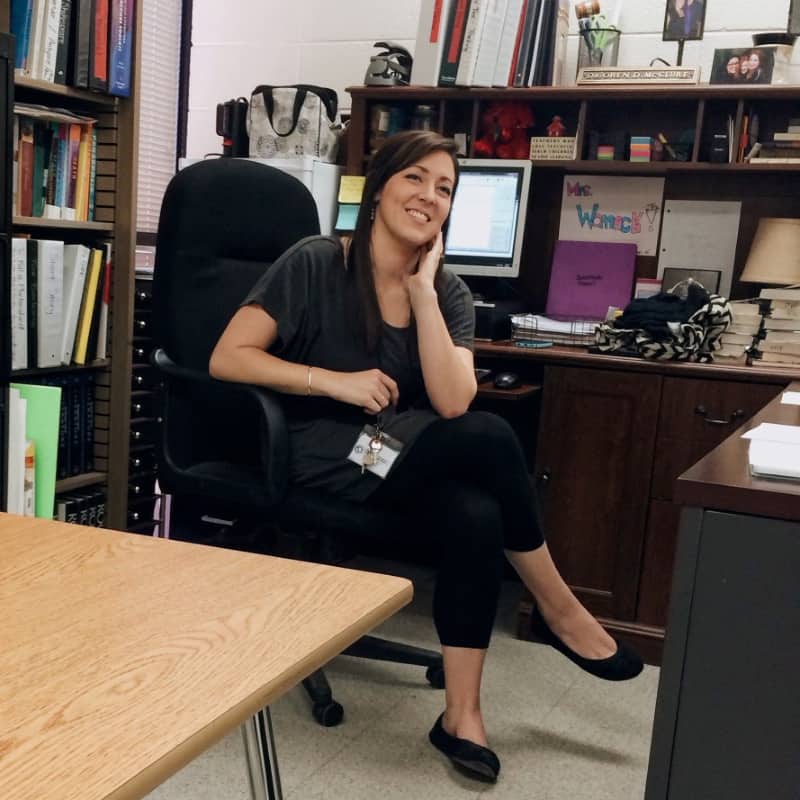When it comes to generating a topic for the college-application Common-App essay, my family has shamelessly reinvented the wheel. And the wheel is brainstorming, but I swear this is better: it’s brainstorming, but with total, gushing love.
Because if your child ever needed a boost, it’s now—a hand up, out of the dank, snake-filled pit of dread and despair into the sunshine of everyone’s vibrant appreciation. It’s a method we’ve fine-tuned with our two kids, our kids’ friends, and our friends’ kids, and here’s how you do it.

How to “lovestorm” a topic for a college application essay
- Gather your family together, including siblings and other family-like adults. Have someone take notes on a Google doc, either the essay writer or a different person (when I’m in the mix, I always volunteer to do this).
- Don’t look at the suggested essay prompts.
- Brainstorm across 2 categories: 1) the writer’s unique and wonderful (and/or strange) personality traits, and 2) the writer’s unique and wonderful (and/or strange) experiences, interests, hobbies, habits, relationships, and ideas. Do this in the full-on brainstorm style: write down every single thing that anybody says; don’t worry about organizing; don’t edit as you go. Welcome all tangents and thoughts. If a particular comment sparks a lot of conversation and ideas, roll with it to the end.
- Read back the list. What jumps out? What are the persistent themes? What are the common threads? What was the idea everyone got most excited about? What resonated most with the writer? Coax out the topic: a nice, bite-sized one based on a particular experience, a persistent interest, a collection of related moments, or a significant relationship, and one that allows for the writer’s best qualities to shine through.
- One extra step, while you’re all together, is to brainstorm possible organization strategies for the essay, but this is something the essay writer might prefer to do on their own.

An example of successful lovestorming
So, for example, this collection of thoughts:
- “You made that urinal once out of PVC piping.” “Oh my god! Yes! With the plastic funnel.”
- “You’re the most creative problem solver I’ve ever known.”
- “It poured that time we were camping, and you used a boogie board and a tarp to keep the water away from our tent.” “Oh right! And we crouched down to fry bacon under the tarp!”
- “I’ve always been strangely attracted to aqueducts.”
- “You’re basically everybody’s favorite person.”
- “Remember how obsessed you were with the Richard Scarry books?” “Yes! That illustration of the water mill in Busy Town!”
- “There was that time our basement flooded and I stayed up all night to help Daddy drain it!”
- “You’re always willing to help.”
These seemingly unrelated thoughts turned into my son Ben’s essay for engineering school, about his weird lifelong interest in water and plumbing. And along the way, he was able to highlight some of his best traits, like collaboration, creativity, and good-natured helpfulness without even mentioning them directly.
(Note: there were tons of comments and observation that did not end up in this culled list—stuff, for example, about how much he loves our cats, how comedically unathletic he is, and his abiding appreciation of good French fries.)
One obvious benefit to this method is the way an original, out-of-the-box essay inevitably starts to take shape while you’re talking: our friend Zaim ended up writing about a Muslim tea ritual and how it connected him to his relatives in Morocco. Our friend Carly ended up writing about how much her identity is shaped by being a middle sister.
My daughter Birdy wrote about the woods behind our house, after half the things we mentioned—foraging, sledding, contemplative walks, working as a day-camp counselor—turned out to take place there. When I asked her about this brainstorming method, she said, “It helps frame the essay as a way to reflect on the best parts of who you are.” Which is totally true.
But another, less obvious benefit? The lovestorm is an occasion for everyone to say, directly and indirectly, in a million different ways, “You’re wonderful person. We have so much faith in you.” It’s just total love-bombing, an outrageous praisefest.
And so the essay writer enters the horrible soul-sucking application process feeling like a floaty, beloved helium balloon. And nobody can take that from you—not even the schools that reject you.
A few tips on lovestorming an essay topic
Don’t include peers in the lovestorm, unless they are uniquely and uncomplicatedly close to the essay writer. This is a time for shameless praise and self-reflection, uncluttered by self-consciousness.
650 words is shorter than you think! A narrow topic—but one that offers occasion for detail—is ideal.
If you’re not sure what a college essay might even look like, read a few first—but try not to close your mind to different ways of approaching it.
If you get stuck, you can try reading the suggested prompts from the common app—just to see if they jiggle anything loose—but remember that you can always write about anything, using the“Share an essay on any topic of your choice” prompt. The prompts can also help shape an essay, if you have a lot of ideas but aren’t sure how they fit together.
Another way to get unstuck: pick a few promising leads from the lovestorm, and encourage folks to say more, to go deeper, to provide concrete examples and juicy details.
Try going the “favorites” route with the writer: what is your very favorite thing to do, place to be, time of day, meal, or memory?
One more thing, try not to cling to the essay writer and cry into their teenaged hair, “But you were just a baby five seconds ago!” Or go ahead and do.
You Might Also Want to Read:
Five Facts That You Need to Know About This Year’s College Admissions Process









